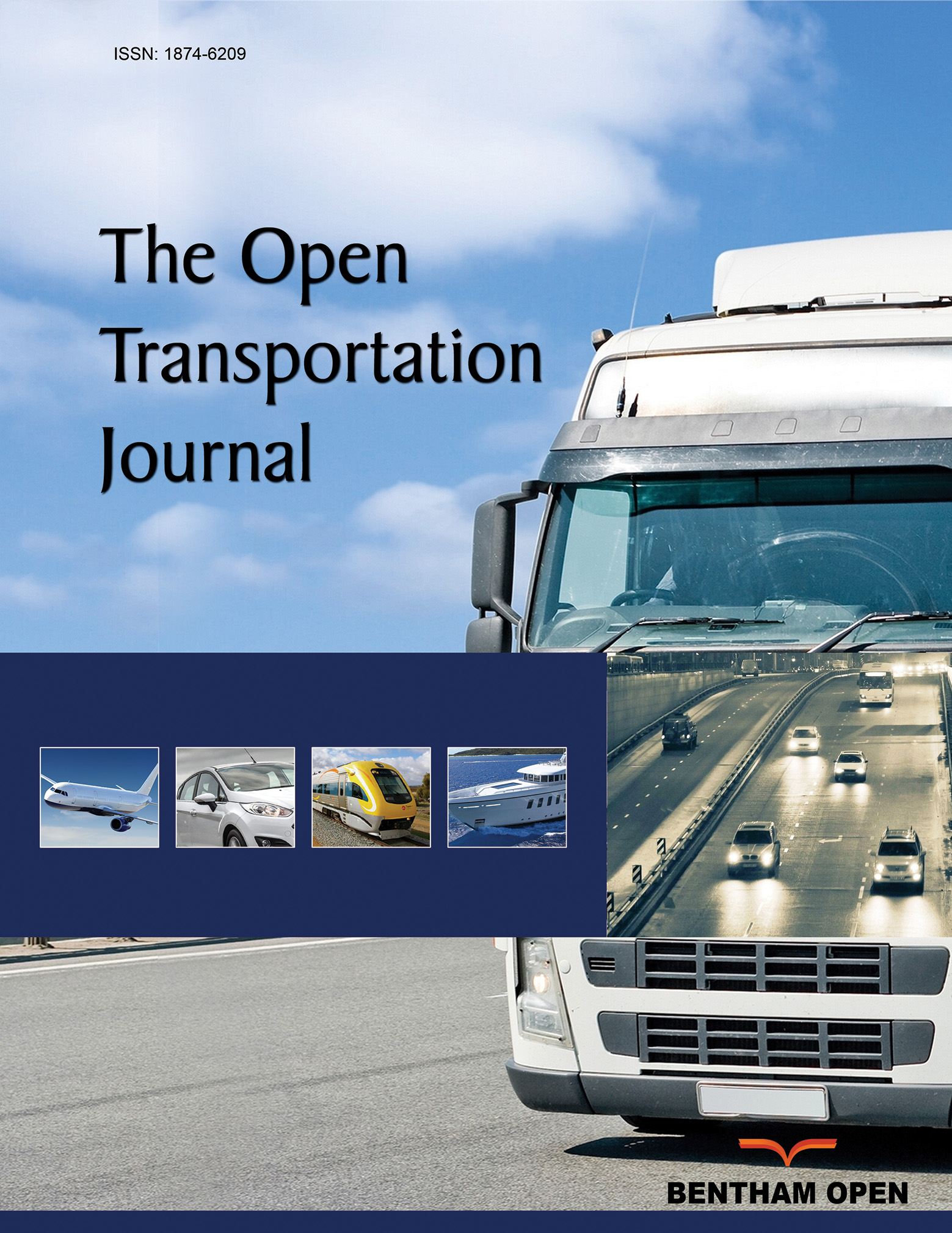All published articles of this journal are available on ScienceDirect.
Pedestrian Compliance at Signalized Intersections along Major Arterials
Abstract
Background:
Pedestrian non-compliance at signalized crossings is unsafe and considered one of the causes of pedestrian crashes. The speed limit on most major urban roads is 60 km/hr or less. However, the speed on some urban roads is higher in some countries. In this case, the situation is more unsafe and increases the possibility of fatal injuries or fatalities in the case of a crash. Therefore, it is expected that the pedestrians will be more cautious on these roads.
Aim:
This study aims to explore pedestrian compliance at signalized intersections on major arterials with 80 km/hr speeds in Qatar.
Methods:
Video data were collected for pedestrian movements at multiple intersections.
Results:
The study reported a 68.1 percent compliance rate at the study locations. The results also revealed that 14.6 percent of the pedestrians crossed during the Flashing Don’t Walk interval and 17.3 percent crossed during the Steady Don’t Walk interval. These rates are considered high compared to other countries. Several variables that may influence pedestrians’ behavior were investigated. Binary and ordinal logistic regression models were developed to describe the pedestrian crossing behavior as a function of these variables.
Conclusion:
Male and middle-age pedestrians were more likely to cross during these two intervals. The analysis showed that female pedestrians, elder pedestrians, pedestrians crossing in groups, pedestrians waiting before crossing, and pedestrians crossing against a flow of other pedestrians are more likely to comply and cross during the Walk interval compared to other groups. Several solutions were proposed in the study to increase compliance rates.


